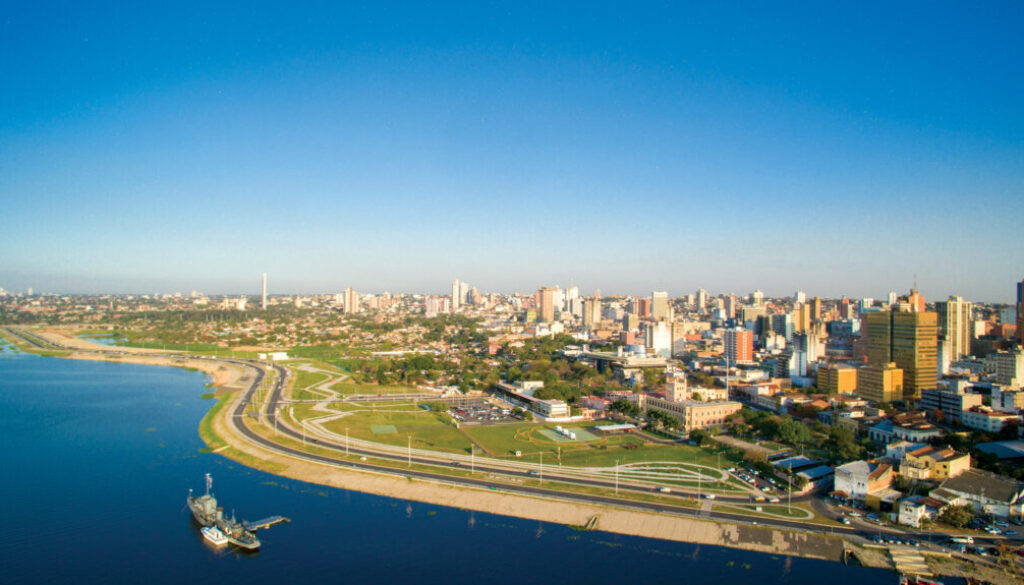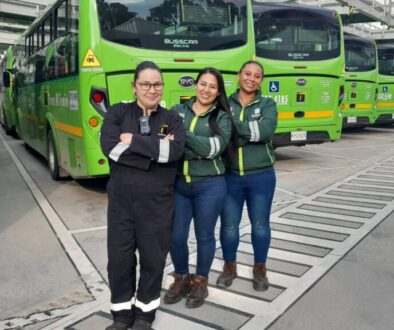Emission-free transport: Paraguay’s strategy
Getting your Trinity Audio player ready... |
The Latin America and Caribbean (LAC) region faces the dual challenge of reducing the development gap and Greenhouse Gas (GHG) emissions, according to the commitments made by the countries in the Paris Agreement. The transport sector in LAC is responsible for 35% of total GHG emissions from burning fossil fuels, but it also generates other gases such as carbon monoxide (CO), nitrogen oxide (NOx) and particulate matter that have a significant impact on the health of its inhabitants. 150 million people in LAC breathe air that exceeds the PM2.5 limits suggested by the WHO, which are the main factor in reducing life expectancy worldwide.
For this reason, electromobility is a great opportunity to reduce the contribution of GHG emissions and the decarbonization of the sector, provided that the energy source of electric vehicles is clean and considering the composition of the energy matrix of each particular country.
In the LAC region, electricity generation comes from cleaner sources when compared to other countries, and particularly in Paraguay the scenario is even more promising, since all of the electricity is generated by hydroelectric plants (Itaipú and Yacyretá). Paradoxically, this abundance of clean sources is not fully exploited. According to data from the Vice-Ministry of Energy and Mines of Paraguay, only 19% of final energy consumption is electricity, while 39% is petroleum derivatives. Of this percentage, the transportation sector is the largest consumer, using around 92%, with the total of these fuels being imported, according to the National Energy Balance (BEN) for Paraguay.
Considering the above, it is clear that Paraguay’s electric energy matrix offers the opportunity for the transition to electric vehicles in the country to really contribute to the reduction of emissions as its primary energy source is clean.
On the other hand, it must be recognized that there are still high vehicle acquisition costs, but with the development of technology and low operating costs, accessibility will no longer be a problem.
In response to the need to promote more sustainable mobility and the particular opportunity that Paraguay has in electric energy resources, since 2019 the IDB has supported, together with the International Automobile Federation (FIA), the Government of Paraguay in the formation of an Electromobility Roundtable and a Coordination Committee, with actors from the public and private sector. These roundtables resulted in the creation of the National Electric Mobility Strategy, with the objective of supporting the government in implementing low-carbon transportation programs, in accordance with the National Energy Policy 2040 (PEN40), the National Development Plan 2030 (PND30) and the commitments acquired by the country in its Nationally Determined Contributions (NDC) to reduce 20%[1] of its greenhouse gas emissions by 2030.
The strategy establishes actions and goals to ensure and promote the development of programs and policies that foster the transition to electric mobility aimed at energy security, industrial development, social progress and environmental sustainability in Paraguay, oriented to different modes of transportation. The strategy is structured in five strategic axes, each of which has an objective and a series of actions or strategic lines that provide guidance on where efforts should be directed during its implementation. In this way, Paraguay seeks to become a regional reference for Electric Mobility through a technologically, environmentally, socially and economically sustainable transition.
Paraguay’s National Electric Mobility Strategy was approved by the Executive Power through Decree 8840 of February 8, 2023. This Decree also created the Electric Mobility Strategic Council, which is made up of 10 institutions of the Paraguayan state, and which will act as a facilitator of the transition process towards electric mobility in the country.
This article was originally published on March 29, 2023 in La Network.




